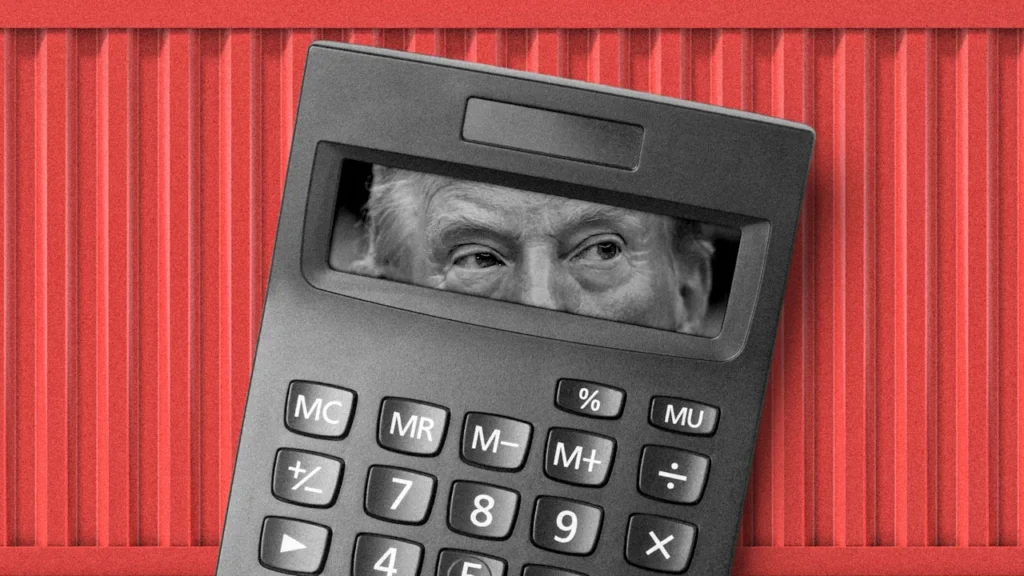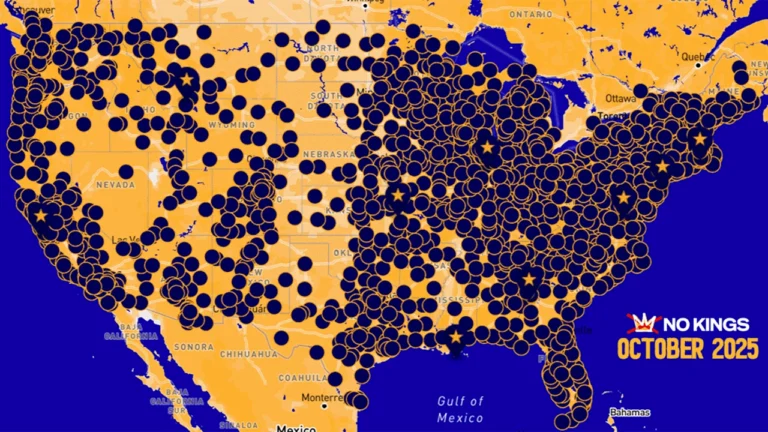
Tariffs aren’t just bad for business and consumers: They will also increase the number of Americans living in poverty, according to new research.
An analysis out this week from The Budget Lab at Yale University found the Trump administration’s new 2025 tariff hikes will increase the number of Americans living in poverty by somewhere between 650,000 and 875,000 in 2026—that’s 0.2% to 0.3% of the U.S. population—including some 150,000 to 375,000 children.
“Because tariffs directly reduce the purchasing power of low-income households (either by decreasing nominal incomes or by increasing prices), they also affect poverty,” the report said.
Yale researchers used the Official Poverty Measure, a standard metric for calculating poverty based on pre-tax income, and the Supplemental Poverty Measure, a more comprehensive measure which takes into account more information on household resources and the cost of living. They used data from the U.S. Census Bureau.
You can think of tariffs as indirect taxes, which increase prices, thereby decreasing the purchasing power and income of American households. That’s because tariff costs are often passed from businesses onto consumers. In fact, U.S. consumers absorbed 22% of tariff costs through June, and that number is expected to rise to 67% by October, according to an analysis from Goldman Sachs, CNN reported.
When Americans lose purchasing power (meaning they are not able to buy as much with the same income), households with the lowest income feel the most burden, and more end up falling below the poverty threshold. Lower-income families often use a bigger chunk of their earnings on living expenses than wealthier ones, making them more vulnerable to price shifts, CNN noted.
On Tuesday, the Supreme Court agreed to hear arguments on whether Trump’s sweeping global tariffs are legal. The Budget Lab estimated consumers face an overall average effective tariff rate of 18.6%, the highest since 1933.





